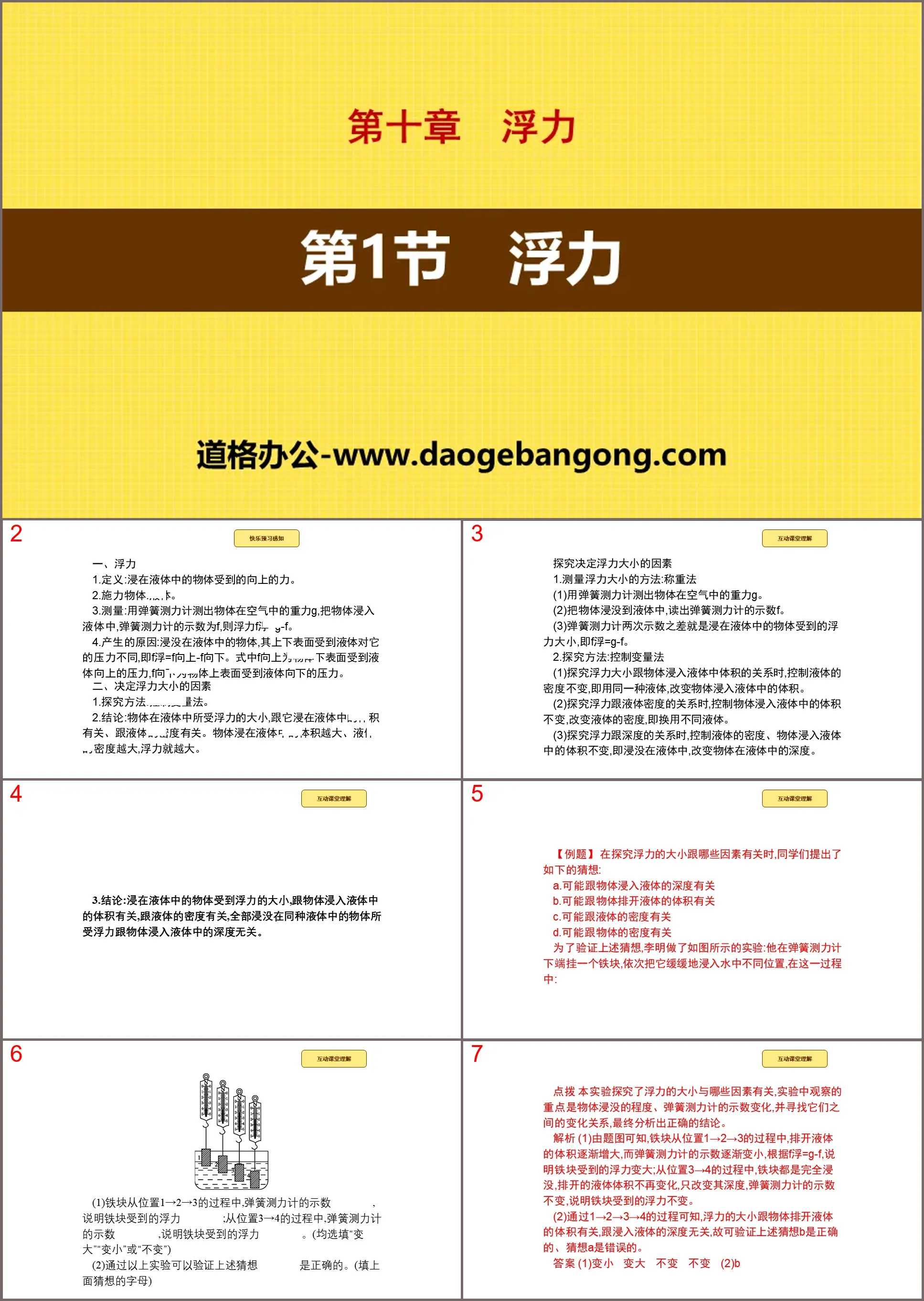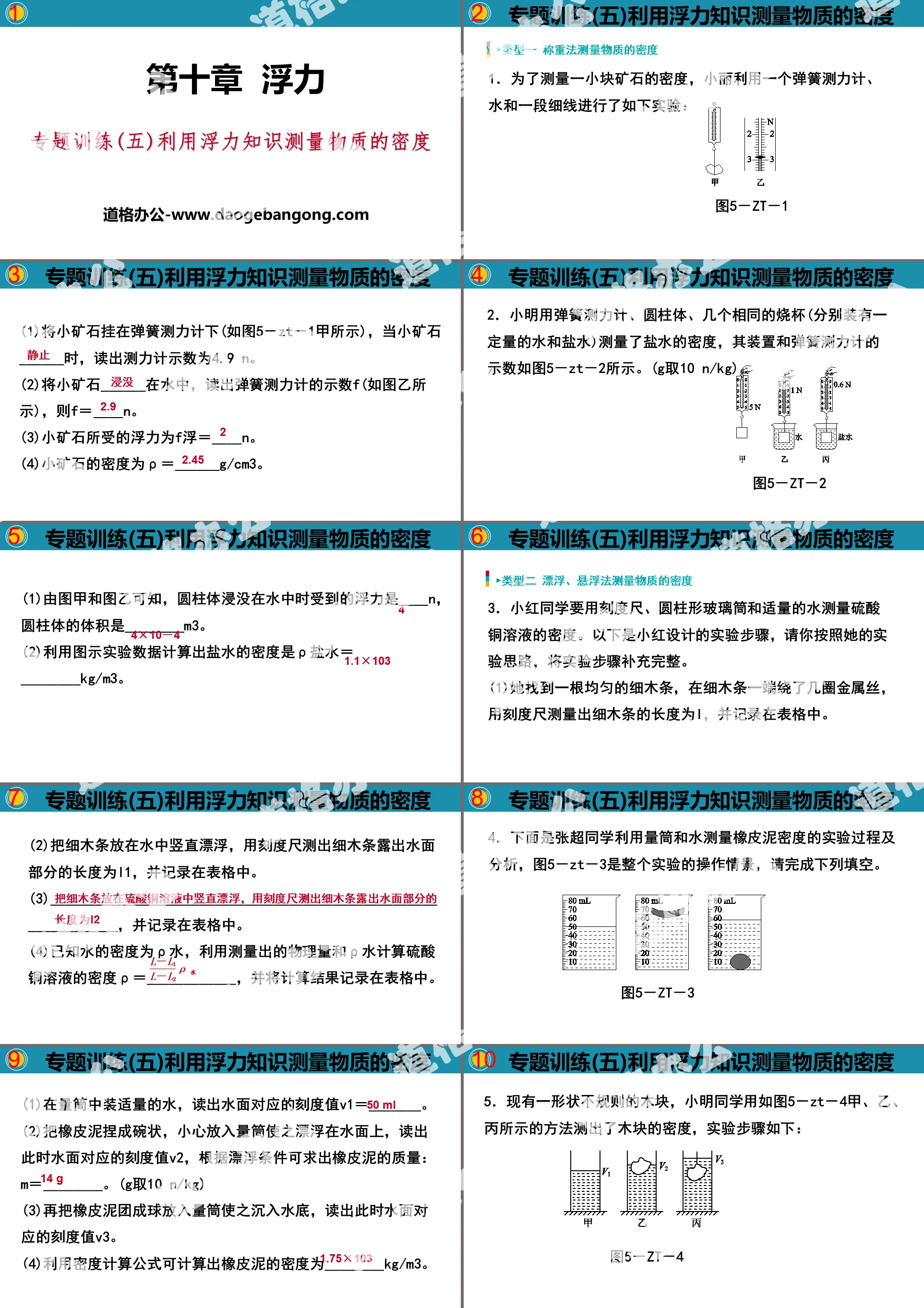"Buoyancy" Buoyancy PPT courseware Simple campus recruitment activity planning plan summary enterprise and institution recruitment publicity lecture PPT template is a general PPT template for business post competition provided by the manuscript PPT, simple campus recruitment activity planning plan summary enterprise and institution recruitment promotion Lecture PPT template, you can edit and modify the text and pictures in the source file by downloading the source file. If you want more exquisite business PPT templates, you can come to grid resource. Doug resource PPT, massive PPT template slide material download, we only make high-quality PPT templates!
| 文件名 如何下载使用 | 下载次数 | Download Points | 下载地址 |
|---|---|---|---|
| "Buoyancy" Buoyancy PPT... | 22350次 | 0.00 | Free Download |
Tips: If you open the template and feel that it is not suitable for all your needs, you can search for related content "Buoyancy" Buoyancy PPT courseware is enough.
How to use the Windows system template
Directly decompress the file and use it with office or wps
How to use the Mac system template
Directly decompress the file and use it Office or wps can be used
Related reading
For more detailed PPT-related tutorials and font tutorials, you can view: Click to see
How to create a high-quality technological sense PPT? 4 ways to share the bottom of the box
Notice
Do not download in WeChat, Zhihu, QQ, built-in browsers, please use mobile browsers to download! If you are a mobile phone user, please download it on your computer!
1. The manuscript PPT is only for study and reference, please delete it 24 hours after downloading.
2. If the resource involves your legitimate rights and interests, delete it immediately.
3. Contact information: service@daogebangong.com
"Buoyancy" Buoyancy PPT courseware, due to usage restrictions, it is only for personal study and reference use. For commercial use, please go to the relevant official website for authorization.
(Personal non-commercial use refers to the use of this font to complete the display of personal works, including but not limited to the design of personal papers, resumes, etc.)

Related reading
For more detailed PPT-related tutorials and font tutorials, you can view:Please click to see










Authoritative PPT Summary
"Buoyancy" Buoyancy PPT courseware
Part One: Preview Perception
1. Buoyancy
1. Definition: The upward force exerted on an object immersed in a liquid.
2. Force application object: liquid.
3. Measurement: Use a spring dynamometer to measure the gravity G of the object in the air, and immerse the object in the liquid. The indication of the spring dynamometer is F, then the buoyancy force F = G-F.
4. Cause: The upper and lower surfaces of an object immersed in a liquid are subject to different pressures from the liquid, that is, F float = F upward - F downward. In the formula, F upward is the upward pressure of the liquid on the lower surface of the object, and F downward is the downward pressure of the liquid on the upper surface of the object.
2. Factors that determine the size of buoyancy
1. Exploration method: Control variable method.
2. Conclusion: The buoyancy force experienced by an object in a liquid is related to the volume of the object immersed in the liquid and the density of the liquid. The larger the volume of an object immersed in a liquid and the greater the density of the liquid, the greater the buoyancy force.
Buoyancy PPT, Part 2: Interactive Classroom Understanding
Explore the factors that determine buoyancy
1. Method of measuring buoyancy: weighing method
(1) Use a spring dynamometer to measure the gravity G of the object in the air.
(2) Immerse the object into the liquid and read the reading F of the spring force gauge.
(3) The difference between the two readings of the spring dynamometer is the buoyancy force on the object immersed in the liquid, that is, F float = G-F.
2. Exploration method: Control variable method
(1) When exploring the relationship between the buoyancy force and the volume of an object immersed in a liquid, control the density of the liquid to remain unchanged, that is, use the same liquid and change the volume of the object immersed in the liquid.
(2) When exploring the relationship between buoyancy and liquid density, control the volume of the object immersed in the liquid to remain unchanged and change the density of the liquid, that is, use different liquids.
(3) When exploring the relationship between buoyancy and depth, control the density of the liquid and the volume of the object immersed in the liquid remains unchanged, that is, the object is immersed in the liquid and changes the depth of the object in the liquid.
3. Conclusion: The buoyancy force experienced by an object immersed in a liquid is related to the volume of the object immersed in the liquid and the density of the liquid. The buoyant force experienced by all objects immersed in the same liquid has nothing to do with the depth of the object immersed in the liquid. .
[Example Question] When exploring the factors related to the size of buoyancy, the students put forward the following conjectures:
A. It may be related to the depth of the object immersed in the liquid
B. It may be related to the volume of liquid displaced by the object
C. It may be related to the density of the liquid
D. It may be related to the density of the object
In order to verify the above conjecture, Li Ming conducted an experiment as shown in the picture: He hung an iron block at the lower end of the spring dynamometer and slowly immersed it in different positions in the water. In the process:
(1) When the iron block moves from position 1→2→3, the indication of the spring dynamometer is___________, indicating the buoyancy force on the iron block___________; During the process of moving from position 3→4, the indication of the spring dynamometer The number _________ indicates the buoyant force on the iron block___________. (Please choose "get bigger", "get smaller" or "unchange")
(2) Through the above experiments, it can be verified that the above conjecture ________ is correct. (Fill in the letters you guessed above)
Tips This experiment explores what factors are related to the size of the buoyancy force. The focus of the observation in the experiment is the degree of immersion of the object, the change of the spring dynamometer's indication, and looking for the changing relationship between them, and finally analyzing the correct conclusion.
Analysis (1) From the picture in the question, it can be seen that in the process of the iron block moving from position 1→2→3, the volume of liquid displaced gradually increases, and the indication of the spring force gauge gradually becomes smaller. According to F float = G-F, it shows The buoyancy force on the iron block becomes larger; in the process from position 3 to 4, the iron block is completely submerged, the volume of the displaced liquid no longer changes, only its depth changes, and the reading of the spring dynamometer remains unchanged, indicating that the iron block The buoyant force on the block remains unchanged.
(2) Through the process of 1→2→3→4, it can be seen that the size of the buoyancy force is related to the volume of liquid displaced by the object and has nothing to do with the depth of immersion in the liquid. Therefore, it can be verified that the above conjecture B is correct and conjecture A is wrong.
Answer (1) Get smaller, get bigger, stay the same, stay the same (2) B
Buoyancy PPT, Part 3: Try the application
1. Buoyancy and the generation of buoyancy
1. Which of the following statements about buoyancy is correct ()
A. Buoyancy is generated by water
B. The direction of buoyancy will be different in different liquids
C. Only solids are affected by buoyancy
D. The direction of buoyancy is opposite to the direction of gravity
2. When an object is placed under a spring dynamometer, the reading is 8 N. When it is immersed in water, the reading is 3 N. The buoyancy force on the object at this time is ()
A.3 N B.5 N
C.8 N D.11 N
3. When studying the causes of buoyancy, two experiments were conducted as shown in the figure: a glass cylinder covered with rubber films of the same degree of tension at both ends was immersed in water. When the glass cylinder was placed in different directions, the glass The rubber membranes on both sides of the barrel may be at different depths in the water. Illustrated by picture A___________. Figure B illustrates _________, which produces a buoyancy force on the glass cylinder toward _________, so the buoyancy force is equal to the _________ experienced by the glass cylinder in the water.
This is an experiment done when studying the causes of buoyancy. The degree of depression of the rubber membrane in the picture can be compared with the magnitude of the pressure. In picture A, the degree of depression on the left and right sides is equal, indicating that the pressure is equal in magnitude and opposite in direction; while in picture B, the water exerts pressure on the lower surface The upward pressure is greater than the downward pressure on the upper surface, thus generating an upward buoyancy force, so the degree of upward depression of the rubber film on the lower surface is greater than the degree of downward depression of the rubber film on the upper surface.
At the same depth, the pressure of water on the rubber membrane on both sides of the glass cylinder is equal. The upward pressure of the water on the rubber membrane on the lower surface of the glass cylinder is greater than the downward pressure on the rubber membrane on the upper surface of the glass cylinder. The difference in pressure between upward and downward.
4. A wooden ball weighing 10 N is stationary on the water. Draw a schematic diagram of the buoyancy force it experiences in the figure.
2. Factors that determine the size of buoyancy
5. As the diver gradually emerges from the water, the buoyancy force he experiences ()
A. Gradually increase B. Gradually decrease
C. Always unchanged D. First increased and then unchanged
6. Xiaohua used a spring dynamometer, a metal block, and two identical beakers (containing a certain amount of water and kerosene respectively) to explore the buoyancy force on an object immersed in a liquid. The exploration process is shown in the figure.
(1) From the experimental process shown in the figure, it can be seen that the buoyancy force experienced by the metal block in kerosene is _________N.
(2) By analyzing the _________ items in the figure, it shows that the buoyancy force is related to the density of the liquid.
Keywords: Free download of PPT courseware for the second volume of eighth-grade physics published by the People's Education Press, download of buoyancy PPT, .PPT format;
For more information about the "Buoyancy" PPT courseware, please click on the "Buoyancy" PPT tab.
"Comprehensive calculation and judgment about pressure and buoyancy" Buoyancy PPT:
"Comprehensive Calculation and Judgment of Pressure and Buoyancy" Buoyancy PPT 1. The 094-type submarine is a new generation of submarine independently developed by our country. When it floats up from the deep sea without emerging from the water, it is subjected to ( ) A. Pressure decreases, buoyancy remains unchanged B. pressure..
"Using buoyancy knowledge to measure the density of matter" Buoyancy PPT:
"Measuring the Density of Materials Using Buoyancy Knowledge" Buoyancy PPT Type 1 Measuring the Density of Materials by Weighing Method 1. In order to measure the density of a small piece of ore, Xiaoli used a spring dynamometer, water and a piece of thin wire to conduct the following experiments: (1) Hang the small ore on the spring dynamometer...
"Calculation of Buoyancy" Buoyancy PPT:
"Calculation of Buoyancy" Buoyancy PPT Type 1: Calculate buoyancy by pressure difference method 1. As shown in Figure 4-ZT-1, use a string to tie an object to the bottom of the container. If the downward pressure of the water on the upper surface of the object is 4 N, and the upward pressure of the water on the lower surface is 14 N, then the object will float..